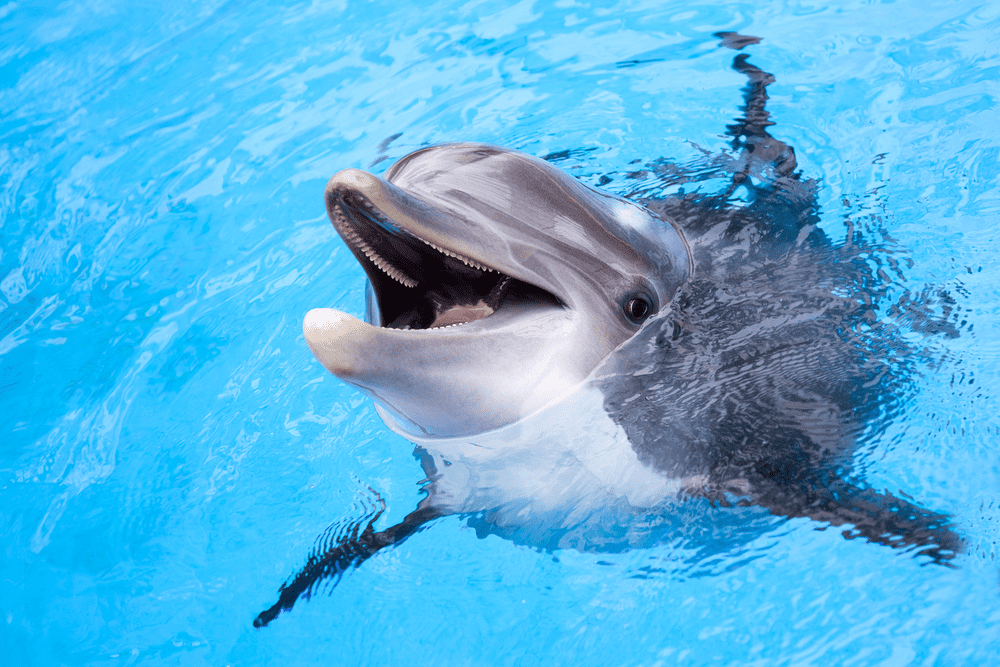Dolphins are creatures that are very well-adapted to life in the water. They have a number of physical features that enable them to swim powerfully and gracefully through the water, including a streamlined body shape, webbed feet, and a powerful tail. Dolphins also have specialized respiratory systems that allow them to breathe easily while swimming.
How Long Can Dolphins Survive On Land. However, dolphins are not built for life on land. If they are out of the water for too long, they will start to experience a number of problems. For example, their bodies are not designed to support their own weight on land, and so they can quickly become exhausted. Additionally, dolphins need to be constantly moving in order to breathe properly, and so if they are stranded on land they will quickly start to suffocate.
For that in this article we have explained How Long Can Dolphins Survive On Land ?
Table of Contents
How long can dolphins survive on land?

Unfortunately, there is no definitive answer to this question as it depends on a number of factors, including the size and health of the dolphin, the temperature of the air and ground, and whether the dolphin is able to access any water to wet its skin. In general, however, it is thought that dolphins can survive on land for up to 30 minutes before they start to experience serious problems. Beyond this, their chances of survival decrease rapidly.
How do dolphins regulate their body temperature?
Dolphins are endotherms, meaning that they can regulate their own body temperature. This is an adaptation that allows them to live in both cold and warm waters. How do they do this?
There are two main ways that dolphins regulate their body temperature.
1. The first way is by using the blood vessels in their skin. The skin of a dolphin is very thin, which allows heat to escape from the body easily. The blood vessels in the skin can constrict or dilate depending on the temperature of the water. When the water is cold, the vessels constrict and less heat escapes from the body. When the water is warm, the vessels dilate and more heat escapes from the body.
2. The second way that dolphins regulate their body temperature is by using countercurrent heat exchange. This means that the blood vessels in the dolphin’s body are arranged so that the veins and arteries run parallel to each other. The veins carry blood from the body to the heart, and the arteries carry blood from the heart to the body. Because the veins and arteries are parallel to each other, heat can be transferred from the arteries to the veins. This helps to keep the body temperature constant.
Countercurrent heat exchange is a very efficient way for dolphins to regulate their body temperature, but it only works when the dolphin is swimming. When a dolphin is at rest, countercurrent heat exchange does not occur, and the dolphin can only regulate its body temperature using the blood vessels in its skin.
Can dolphins sleep without drowning?

Dolphins can sleep without drowning by using a process called unihemispheric slow-wave sleep. This means that they can shut down half of their brain at a time while the other half remains awake. The half of the brain that is awake controls the dolphin’s breathing and keeps it moving up to the surface to breathe. The other half of the brain can then sleep. This process allows dolphins to rest and sleep while still being able to breathe and stay safe from predators.
How long can dolphins stay underwater?
Dolphins can stay underwater for up to eight minutes at a time. They can do this because they have a high level of myoglobin in their muscles. Myoglobin is a protein that helps to store oxygen in the muscles. This means that dolphins can use oxygen more efficiently than other animals, and they can stay underwater for longer periods of time.
Summary
If you see a dolphin stranded on land, the best thing you can do is to call your local wildlife authorities so that they can rescue the animal. Do not try to move the dolphin yourself, as this can further injure the creature.
Read Also: What are the most common dolphin predators





